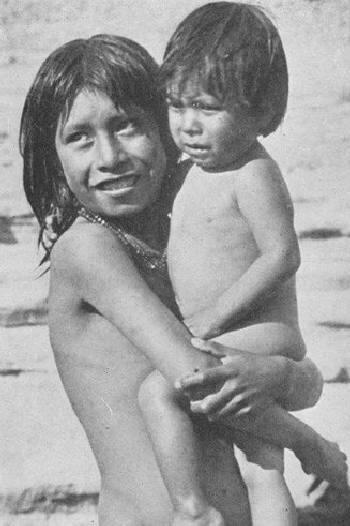
Figure 1.-- This photograph taken by Frederick Monsen (1865-1929) published in the 1907 exhibition catalog "The Frederick Monsen Ethnographic Indian Photographs" shows Yuma children. |

|
Yuman Tribes Indian are an important linguistic family related to the Hokan-Siouan lingistic group. The Yuman tribes were found a large area in the extreme southwest portion of what is now the United States (primarily far southern California and western Arizona) as well as northern Lower California or Mexico's Baja Peninsula. This area included a great deal of the Colorado River valley. The Yuman tribes are mostly found along or near the Colorado. The Colorado is of course the major river system in the southwestern United States. The Yuman also occupied the lower valley of the Gila. The warm climate climate ofvthis area favoured nudity, especially during the summer. The men wore the breechcloth while women were content with a short petticoat made of strips of bark. Traditionally the primary way that Native American tribes have been grouped by ethnologists for study has been lingistics. Other shared cultural aspecs include origin mythologies, ceramic styles and technology, food items (acorns and pine nuts), gourds, songs and dances, keruk commemoration ceremonies, and coyote stories. DNA studies offers new scientific tools, but the lingistic groups are still the primary method of studying the tribes. Experts hve differed somewhat as to just which tribes fall into the Yuman grouping. The culture and social organization of the Yuman peoples was strongly affected by the environment. Generally speaking they were less advanced the Pueblo peoples and never adopted irrigation. This limited the agricultural productivity of the Yuman tribes and as a result their wealth and ability to develop a refined culture. Some of the Yuman tribes living in inhospitable areas were extremely primitive. This is reflected in cultural artifacts like pottery and clothing. There vis also a common creation myth, presumably an artifact of the shared linguistic heritage.
The Yuman lingisistic group included quite a number of different tribes. Some of the major tribes of the northern Yuman area are the Cocopa, Diegueño, Havasupai, Maricopa, Mohave, Tonto, Walapai (Hualapai), Yavapai, and Yuma.
The location and relative poverty of the Yuman people meant that they were not initially affected by the Spanish conquest of Mexico. Until the 18th century the Spanish did very little to settle Califonia and even less inhospitable Arizona. Only when Spanish claims to California were challenged by the Russians to the north did Spain begin to become intersted in settling California.
The Franciscan friars established 21 missions in California between 1768 and 1823. Some of the most important California cities have risen around these early missions. The first of these missions was San Diego de Alcala (Saint James). It was founded by the famed friar Father Junipero Serra. It was a mission for Yuman people of the area. The Frasciscans to Christianize the indigenous population
forced them into the missions where they imposed a new life style on them. They provided the labor force for the missions and were essentially enslaved or endentred to the land. The Franciscans were in effect introducing the Feudal system. The Yumas located further from the coast were more dfficult to pacify. A campaign by General Heintzelman succeeded in pacifying the Yuma (1853).
The population of the Yuman tribes numbered only about 3,700 in 1909.
Monsen, Frederick. "The Frederick Monsen Ethnographic Indian Photographs" (1907).
Navigate the Boys' Historical Clothing Web Site:
[Introduction]
[Activities]
[Biographies]
[Chronology]
[Clothing styles]
[Countries]
[Bibliographies]
[Contributions]
[FAQs]
[Glossaries]
[Images]
[Links]
[Registration]
[Tools]
[Boys' Clothing Home]
Navigate the Boys' Historical Clothing ethnic pages:
[Return to the Main Native American ethnic page]
[Return to the Main ethnic page]
[German]
[Greek]
[Irish]
[Scottish]
Navigate the Boys' Historical Clothing Native American pages:
[Ethnic]
[Dance]
